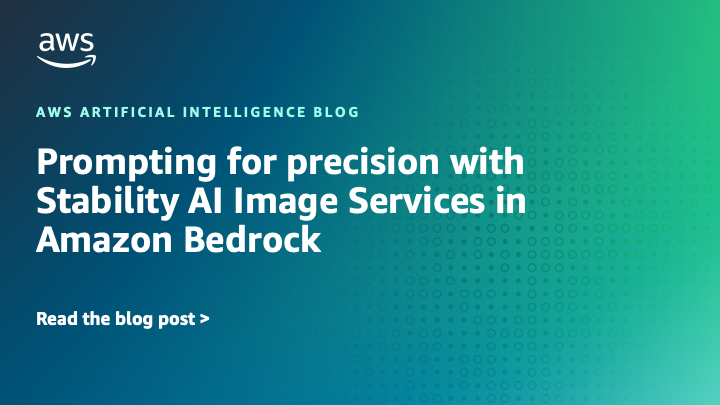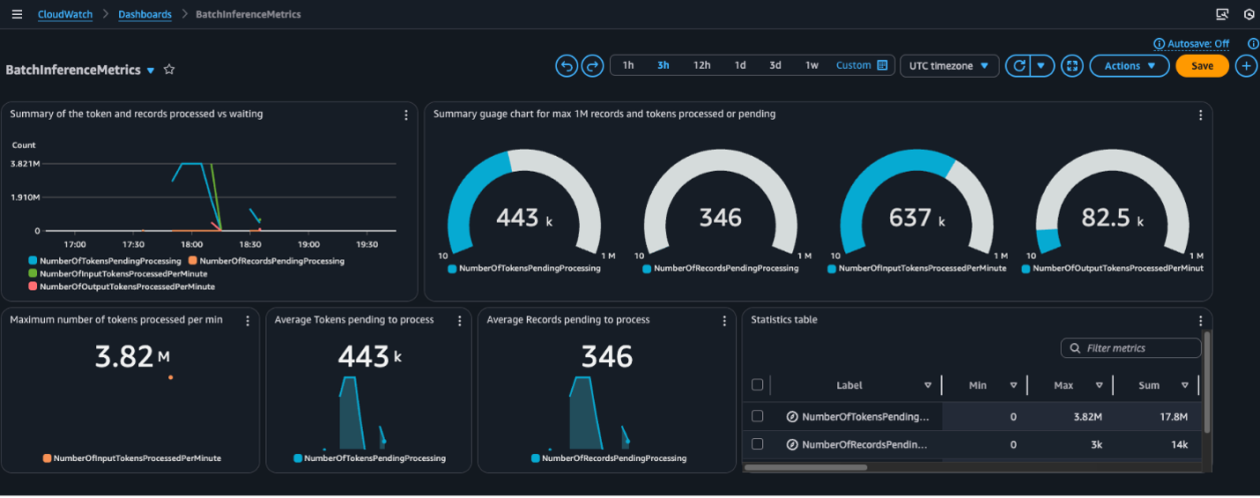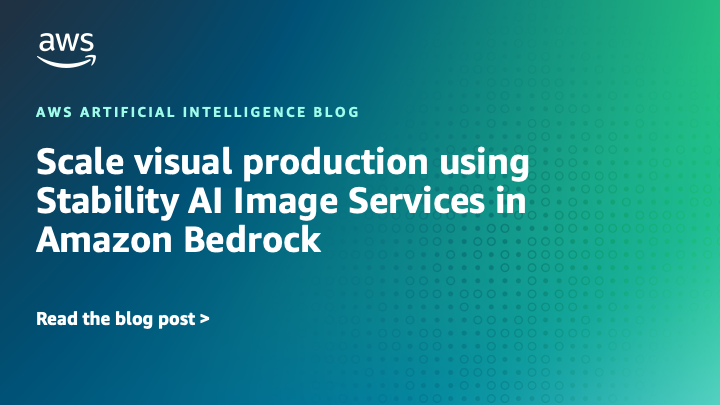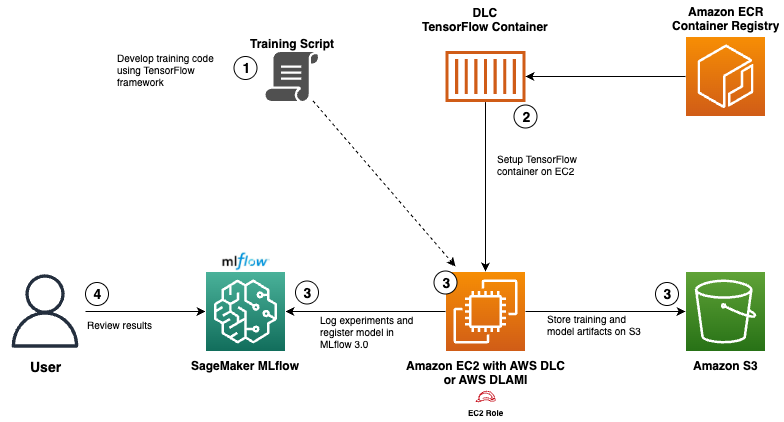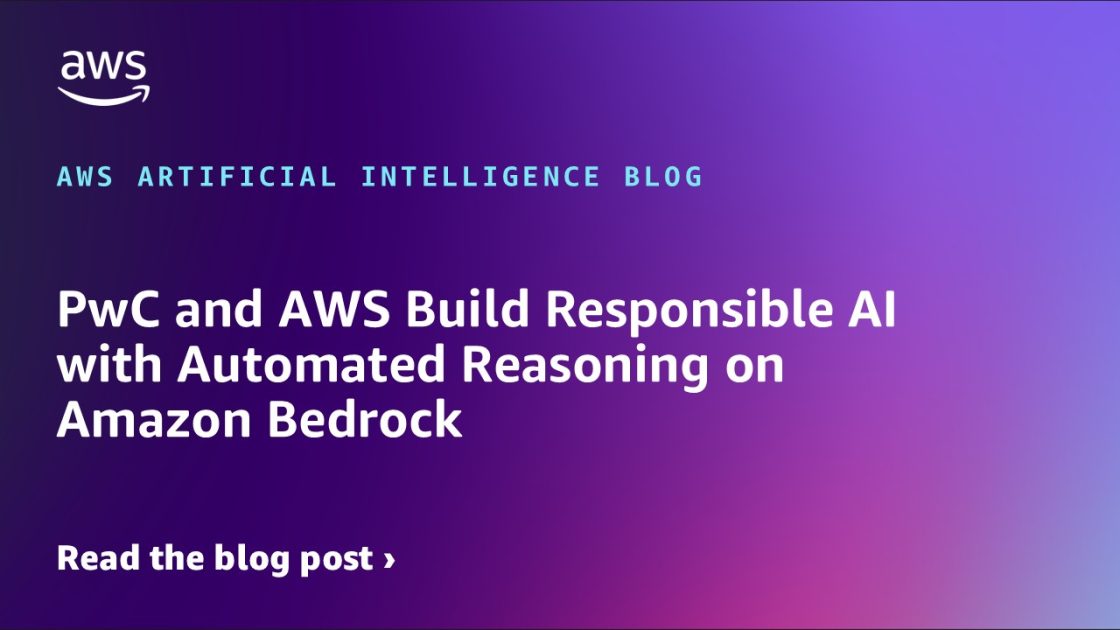
PwC and AWS Build Responsible AI with Automated Reasoning on Amazon Bedrock
Sources: https://aws.amazon.com/blogs/machine-learning/pwc-and-aws-build-responsible-ai-with-automated-reasoning-on-amazon-bedrock, aws.amazon.com
TL;DR
- PwC and AWS are expanding AI governance with Automated Reasoning checks in Amazon Bedrock Guardrails to validate outputs against policy rules using formal logic.
- The capability aims to improve trust, reduce hallucinations, and provide auditable artifacts for regulated industries such as pharmaceuticals, financial services, and energy.
- Automated Reasoning checks are generally available as of August 6, 2025, and support EU AI Act compliance by converting risk criteria into verifiable guardrails.
- Use cases include PwC’s Regulated Content Orchestrator (RCO) for content and brand compliance, and utility outage management with severity-based verification workflows.
- The alliance emphasizes responsible AI as a path to faster, safer AI-driven innovation without compromising accuracy, security, or compliance. AWS and PwC note the strategic value of reasoning in rapid AI adoption.
Context and background
In a globally competitive environment where speed and innovation outpace traditional safeguards, organizations increasingly deploy generative AI at scale while balancing accuracy, security, and compliance. PwC and AWS are jointly developing reasoning checks that combine PwC’s deep industry expertise with Automated Reasoning capabilities embedded in Amazon Bedrock Guardrails. Automated Reasoning is a branch of AI focused on algorithmic search for mathematical proofs; when applied to Bedrock Guardrails, these checks encode knowledge from policy documents into formal logic to validate whether AI outputs are possible under defined rules. The checks produce findings that indicate alignment with policy, reveal ambiguities in content, and offer suggestions on removing unsupported assumptions. The capabilities were highlighted by PwC leadership at AWS Re:Invent 2024 and are positioned to help customers deploy AI at speed while maintaining trust. In practice, this approach targets highly regulated sectors such as pharmaceuticals, financial services, and energy. PwC has developed a practical framework to address EU regulatory requirements by transforming the EU AI Act’s risk classification and governance requirements into guardrails that can be consistently applied, monitored, and auditable. The guardrails workflow yields auditable artifacts and automated verification that supports expert human judgment. The collaboration also centers on PwC’s Regulated Content Orchestrator (RCO), a globally scalable, multi-agent capability powered by a core rules engine. RCO automates medical, legal, regulatory, and brand compliance and served as an early adopter of Bedrock Automated Reasoning as a secondary validation layer in marketing content generation. The result is accelerated content creation and review while strengthening compliance controls. In addition to content governance, Automated Reasoning checks have practical applications for operational resilience. For example, utility outage management uses Bedrock Guardrails to generate standardized procedures from regulatory guidelines (NERC and FERC) and verify AI-produced outage classifications. A cloud-based architecture enables severity-based workflows that guide dispatch decisions: normal outages target a 3-hour response, medium severity triggers expedited dispatch, and critical incidents activate emergency procedures with proactive messaging. As AI adoption grows, the AWS–PwC alliance continues to emphasize responsible AI with automated reasoning as a foundational safeguard to improve trust and enable scalable innovation across industries.
“In a field where breakthroughs are happening at incredible speed, reasoning is one of the most important technical advances to help our joint customers succeed in generative AI,” PwC Global CTIO Matt Wood noted at AWS Re:Invent 2024. The collaboration seeks to combine PwC’s domain expertise with AWS technologies to transform AI-driven innovation while preserving accuracy, security, and compliance. The following sections outline the three groundbreaking use cases PwC and AWS explored and how automated reasoning integrates into Bedrock Guardrails.
What’s new
- General availability of Automated Reasoning checks in Amazon Bedrock Guardrails as of August 6, 2025, enabling formal-logic-based validation of LLM outputs against policy rules.
- A practical approach to EU AI Act compliance by translating risk classification into guardrails that support auditable, verifiable compliance workflows.
- Regulated Content Orchestrator (RCO) as a scalable, multi-agent capability that automates regulatory, medical, legal, and brand compliance with a custom rules engine.
- Real-world use cases, including content generation governance and utility outage management, demonstrating how automated reasoning can speed up safe operations in regulated industries.
Why it matters (impact for developers/enterprises)
- Trust and verifiability: Automated Reasoning checks offer mathematical verification of AI outputs and provide auditable artifacts that support governance and compliance.
- Industry specificity: PwC’s domain expertise paired with Bedrock Guardrails accelerates safe AI deployments in regulated sectors.
- Faster, compliant innovation: Organizations can innovate with AI while maintaining accuracy, security, and regulatory alignment.
- Clear guidance for developers: Guardrails deliver concrete insights about alignment, ambiguity, and the need to remove unsupported assumptions, reducing risk in production systems.
Technical details or Implementation
- Automated Reasoning checks encode policy documents and guidelines into formal logic within Bedrock Guardrails. The checks evaluate whether AI-generated content adheres to defined rules and constraints, offering findings that indicate alignment, identify ambiguities, and propose steps to remove assumptions.
- Guardrails provide automated compliance verification with auditable artifacts, transforming manual compliance tasks into verifiable workflows.
- PwC’s Regulated Content Orchestrator (RCO) exemplifies a globally scalable, multi-agent system built on a core rules engine that can be customized to region, product, and indication for use, automating medical, legal, regulatory, and brand compliance.
- In the utility outage management scenario, automated reasoning supports standardized regulatory procedures from NERC and FERC, with severity-based verification workflows that guide dispatch decisions to optimize response times and safety.
- The diagrams referenced in PwC’s materials illustrate the workflows for these use cases, demonstrating how automated reasoning integrates with cloud architectures and policy-driven decision points.
Key takeaways
- Automated Reasoning checks turn policy-based rules into verifiable guardrails for AI outputs.
- The approach elevates trust by providing auditable evidence of compliance and reducing ambiguity in generated content.
- The PwC–AWS alliance combines industry expertise with cutting-edge AI safety tooling to accelerate responsible AI adoption.
- Use cases span regulated content creation, regulatory compliance, and operations optimization in critical infrastructure.
- The solution aligns with EU AI Act goals by enabling systematic risk classification and automated verification.
FAQ
- Q: What are Automated Reasoning checks in Bedrock Guardrails? A: They encode policy knowledge into formal logic to validate if AI outputs are possible under defined rules, producing findings about alignment, ambiguity, and assumptions.
- Q: How do these checks support EU AI Act compliance? A: They translate risk classification criteria into guardrails that enable consistent assessment and auditable compliance verification with artifacts.
- Q: What is PwC’s Regulated Content Orchestrator (RCO)? A: RCO is a globally scalable, multi-agent capability with a core rules engine customized to context (region, product, indication) that automates medical, legal, regulatory, and brand compliance.
- Q: What real-world use cases were showcased? A: Use cases include Regulated Content Orchestrator for compliant content generation and utility outage management with standardized procedures and severity-based dispatch workflows.
- Q: How can organizations start using Automated Reasoning checks? A: Interested teams should contact their AWS account team or an AWS Solutions Architect to discuss custom solutions and deployments.
References
- https://aws.amazon.com/blogs/machine-learning/pwc-and-aws-build-responsible-ai-with-automated-reasoning-on-amazon-bedrock
- The page also notes PwC and AWS leadership discussions and the broader strategic alliance for responsible AI.
More news
Shadow Leak shows how ChatGPT agents can exfiltrate Gmail data via prompt injection
Security researchers demonstrated a prompt-injection attack called Shadow Leak that leveraged ChatGPT’s Deep Research to covertly extract data from a Gmail inbox. OpenAI patched the flaw; the case highlights risks of agentic AI.
Move AI agents from proof of concept to production with Amazon Bedrock AgentCore
A detailed look at how Amazon Bedrock AgentCore helps transition agent-based AI applications from experimental proof of concept to enterprise-grade production systems, preserving security, memory, observability, and scalable tool management.
Prompting for precision with Stability AI Image Services in Amazon Bedrock
Amazon Bedrock now offers Stability AI Image Services, extending Stable Diffusion and Stable Image with nine tools for precise image creation and editing. Learn prompting best practices for enterprise use.
Monitor Amazon Bedrock batch inference using Amazon CloudWatch metrics
Learn how to monitor and optimize Amazon Bedrock batch inference jobs with CloudWatch metrics, alarms, and dashboards to improve performance, cost efficiency, and operational oversight.
Scale visual production using Stability AI Image Services in Amazon Bedrock
Stability AI Image Services are now available in Amazon Bedrock, delivering ready-to-use media editing via the Bedrock API and expanding on Stable Diffusion models already in Bedrock.
Use AWS Deep Learning Containers with Amazon SageMaker AI managed MLflow
Explore how AWS Deep Learning Containers (DLCs) integrate with SageMaker AI managed MLflow to balance infrastructure control and robust ML governance. A TensorFlow abalone age prediction workflow demonstrates end-to-end tracking, model governance, and deployment traceability.


